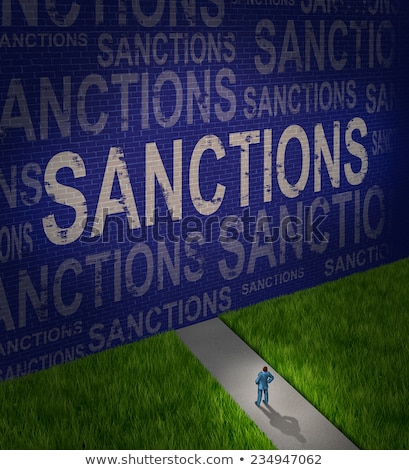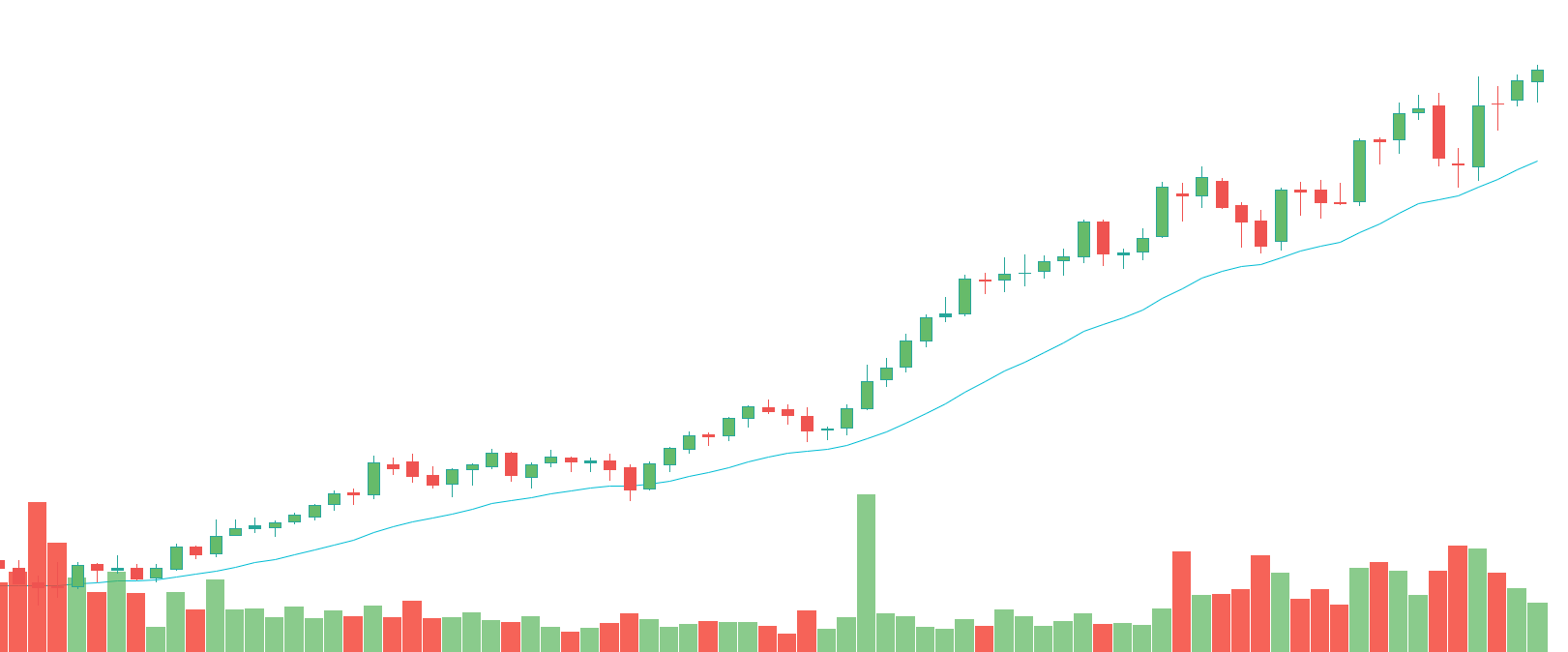Contents:
Learning how to calculate book value is as simple as subtracting the accumulated depreciation from the asset's cost. Book value is the accounting value of a company’s assets less liabilities. In other words, it is the expected value that a firm can expect if it were to sell all of the assets on its balance sheet and cover its outstanding debts and obligations.
This is the value of the company if it were to be liquidated today. Accountants use the balance sheet to report the book value of a company. The balance sheet is a financial statement that shows a firm's assets, liabilities, and equity at a particular moment in time. The market value of a public company is the current price of its shares in the stock market.
Book Value on a Balance Sheet
The Balance uses only high-quality sources, including peer-reviewed studies, to support the facts within our articles. Read https://1investing.in/ our editorial process to learn more about how we fact-check and keep our content accurate, reliable, and trustworthy.

You might think it's a rare and valuable book but don't know where to find its value? One very simple method of finding an approximate value of a book is to search for similar copies on AbeBooks.com and see what prices are being asked. Understand the benefits and risks of investments like bonds and GICs to determine the book value goes on if they’re right for your portfolio. Some sites also list this as a single figure, called the price-to book ratio. Let's dive more deeply into book value, how it's calculated, and its significance. Our experts choose the best products and services to help make smart decisions with your money (here's how).
How Does a Write-Down Affect the Income Statement?
It consists of the company's total assets after you subtract the company's liabilities. These companies mainly have intangible assets, such as intellectual property, that are the bulk of their value. So when calculating book value for companies like this and comparing them to their market value, it's essential to understand why the book value number is what it is.
- The stock ownership is about a quarter of shares outstanding, yet Boston Omaha has to record almost the entire $140 million in Yellowstone's cash, most of which it doesn't own, on its balance sheet.
- The book value of a company is the total worth of all its assets minus all its liabilities.
- Book value shopping is no easier than other types of investing; it just involves a different type of research.
- This is the value of the company if it were to be liquidated today.
- The book value is important because it provides investors with a starting point to determine whether a stock is undervalued or overvalued.
If the book value is inflated, earnings would have to make up the difference to increase the stock price in the future. A P/B ratio of 1.0 indicates that the market price of a company’s shares is exactly equal to its book value. For value investors, this may signal a good buy, since the market price of a company generally carries some premium over book value. For example, real estate owned by a company may gain in market value at times, while its old machinery can lose value in the market because of technological advancements. In these instances, book value at the historical cost would distort an asset or a company’s true value, given its fair market price. In our home example, this is the $400,000 we sold that home for five years later.
Destiny 2 Season Pass Gets a Price Increase
As an example, online retailer Case City sells phone cases and a new version of the most popular cell phone brand has come out. Case City’s current inventory of phone cases will not fit the new device. Because the cases in the inventory are becoming obsolete, they drop in value from $25 each to $10, a difference of $15 each.
Market value is the amount an asset could sell for on the current market. Book value and market value are used to determine if you have made a profit, loss, or broke even on an asset. In accounting terms, the book value can go down on an asset based on the depreciation over time. In financial terms, a company's value can be determined using the book value of total assets minus total liabilities. The market value is determined based on the price per share multiplied times the current shares outstanding. In terms of the value of companies, the book value is the company's assets minus its liabilities.

Cash, supplies and accounts receivable are typical current assets while land, office buildings and manufacturing equipment are usually considered long-term assets. Market value is the price a willing buyer would pay a willing seller. For example, a piece of manufacturing equipment was purchased for $10,000 and depreciation over 4 years totaled $4,000. However new technology has replaced this type of equipment so willing buyers believe the market value is only $2,000.
Book value is a company’s equity value as reported in its financial statements. You could certainly calculate the book value of a personal asset, like a car. However, this calculation would be somewhat pointless since only business assets offer tax benefits for depreciation. You can't use the depreciation of your personal car to reduce your annual taxable income—the government doesn't consider the two things related.
Michael R. Lewis is a retired corporate executive, entrepreneur, and investment advisor in Texas. He has over 40 years of experience in business and finance, including as a Vice President for Blue Cross Blue Shield of Texas. He has a BBA in Industrial Management from the University of Texas at Austin. In some cases, such as that of heavy machinery, the market value will be significantly higher than the book value. This means that even though these assets are old and thus heavily depreciated, they still perform adequately.
A value difference must be identified in the period in which it occurs, and the reversal is limited to the amount of the original write-down. However, if the inventory write-down is significant, record the expense in a separate impairment loss line item (inventory write-down) so the aggregate size can be tracked. As a general guideline, writing down 5% or more of the inventory is considered significant. A company spends $100,000 to buy a machine and subsequently spends an additional $20,000 for additions that expand the production capacity of the machine. A total of $50,000 of accumulated depreciation has since been charged against the machine, as well as a $25,000 impairment charge. The concept can also be applied to an investment in a security, where the book value is the purchase price of the security, less any expenditures for trading costs and service charges.
The Value in Accounting Terms
The information provided in this article is for general purposes only and does not constitute personal financial advice. Please consult with your own professional advisor to discuss your specific financial and tax needs. If you are making a transfer from a financial institution outside of RBC, you can download and fill out the Book Cost Form. You can find the Book Cost Form on the Forms & Agreements page under the My Portfolio menu. Then send it back to us, together with proof of the book cost (like a recent monthly/quarterly statement from the financial institution).
In personal finance, the book value of an investment is the price paid for a security or debt investment. When a company sells stock, the selling price minus the book value is the capital gain or lossfrom the investment. Earnings, debt, and assets are the building blocks of any public company's financial statements. For the purpose of disclosure, companies break these three elements into more refined figures for investors to examine. Investors can calculate valuation ratios from these to make it easier to compare companies. Among these, the book value and the price-to-book ratio (P/B ratio) are staples for value investors.
To calculate book value of an asset, first find its original cost, which is the price paid to get the asset. Then determine the asset’s accumulated depreciation, which is how much value the asset loses over time. You can calculate accumulated depreciation by estimating the asset’s salvage value to get its annual depreciation, and then using an appropriate method of depreciation to get its depreciation over time. Finally, just subtract the asset’s accumulated depreciation from its original cost to get its book value. Depreciation expense represents how much of the value of an asset is expensed each year as depreciation.

